I walked earlier than usual today, aware that the temperature would rise and that the sun would be unfiltered by clouds later in the day. Approaching the buttery yellow house two blocks from my apartment, I scanned the large flower garden that borders the sidewalk and wends its way along the property line on one side and the driveway on the other, framing the green lawn. I’m not a lawn enthusiast (that could be another column), but I always enjoy flowers.
In the stretch close to the driveway, someone was on their knees, earnestly working at putting something into the ground or perhaps cleaning out a space for a new plant.
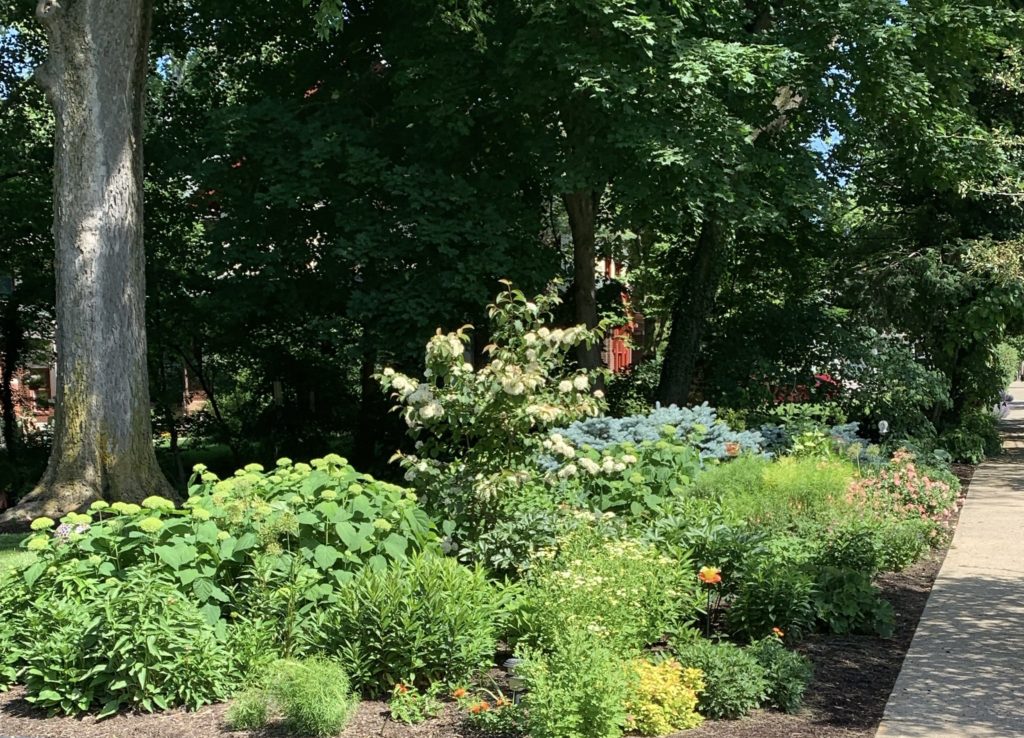
“So much time to spend on flowers,” I thought to myself. “To keep such a garden must take hours almost daily.” I didn’t think “wasted” exactly, but the notion that time could be spent on more significant endeavors did, for a second, flit around the edges of consciousness. Embarrassing to admit. A one-time flower gardener myself, I know better.
In years before divorce moved me from a home with lots of outdoor space to an apartment with little, I tended flower beds. Well, “tended” may be misleading. My gardens were on the wild side. Dark red poppies were the showstoppers, but bachelor buttons, coreopsis, larkspur, pinks, snapdragons, marigolds, zinnias – Not my favorite; their leaves always molded, but they were reliable germinators – grew big and wild. Anything I could enjoy outside and cut for bouquets inside was welcome. The lavender plant had grown into a hedge; herbs grew among flowers near the kitchen door, and of course, there were weeds.
Over the past eleven years, how much joy I have taken in countless walks by the yellow-house garden, mentally thanking the couple who lives there for their work. Early spring into fall, even with winter’s interesting plant “skeletons,” it draws the eye and lightens the spirit. Already this year, I have stopped, struck still by the extravagant, peachy peony blooms and clusters of Virginia bluebells.
Flowers are pleasing in the moment and can be memory whisperers: The garden’s peonies carried me back to my childhood home where I watched big, black ants clambering over peony buds that would open and explode into stunning masses of fragrant pink, white, and magenta blooms along the side of our house. The bluebells transported me back to a spring day at a Trappist monastery along the Shenandoah River where my family was visiting a long-time friend, Father Maurice. A wide swath of bluebells ran along both sides of the river, edging it with a tumble of deep blue and spring green, Hildegard’s viriditas, both an expression and an agent of Holy Presence.
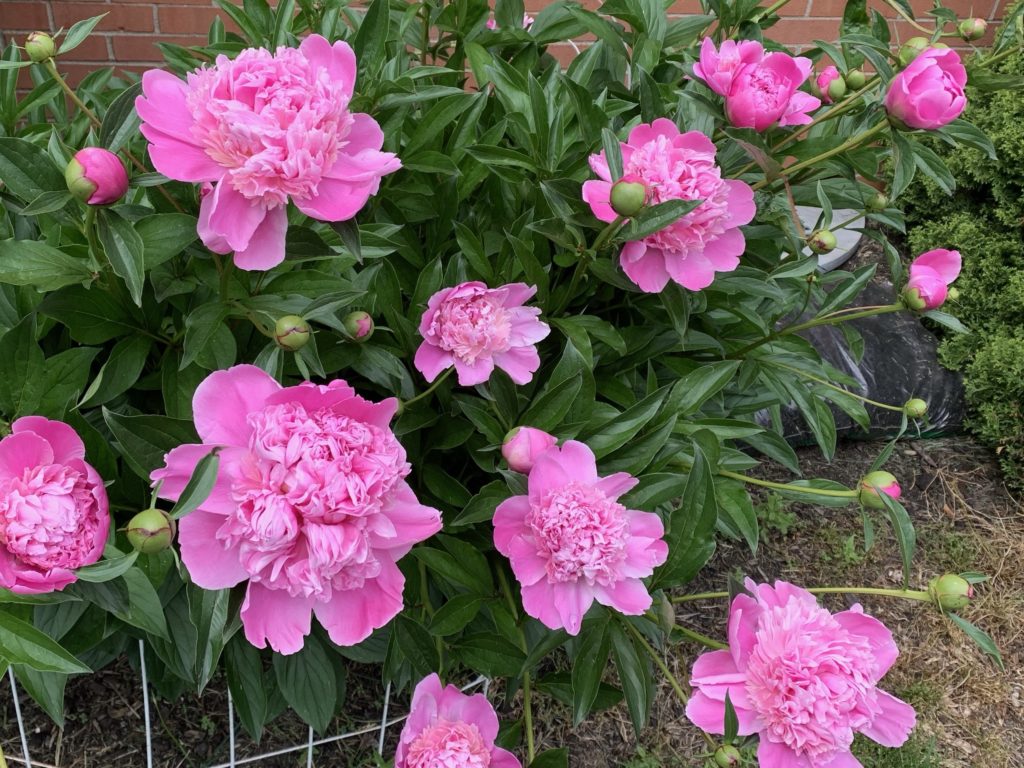
My neighborhood gardeners’ work is a gift to me and all who walk by.
It reminds me of a friend who is, among many other things, an accomplished writer, publisher, photographer, presently a seminary student, and a dedicated gardener. On her newly launched website, Urban Gaia, she describes herself as a person sempre in restauro, always under restoration, and helps people find healing and experience the divine through gardening.
Know it or not, we human beings, along with the rest of creation, are interconnected parts of one reality. As Paul writes in his letter to the folks at Corinth, unity springs from variety working together, one Source, many gifts. That’s a good thing. Gardens are wonderful, but we aren’t all gardeners.
Last month, my daughter delighted in the sale of two of her paintings exhibited in a student art show. A first for her, but not the reason she paints. Like the gardener who plants and tends out of an interior stirring or call, she paints because that is part of who she is. She began around 5 or 6 when she fell in love with Monet, set up an easel in the basement, and used a new set of oils to try her hand at waterlilies. Always an artist, she now relishes the thought that her work hangs somewhere in two homes and brings joy to those who see them.
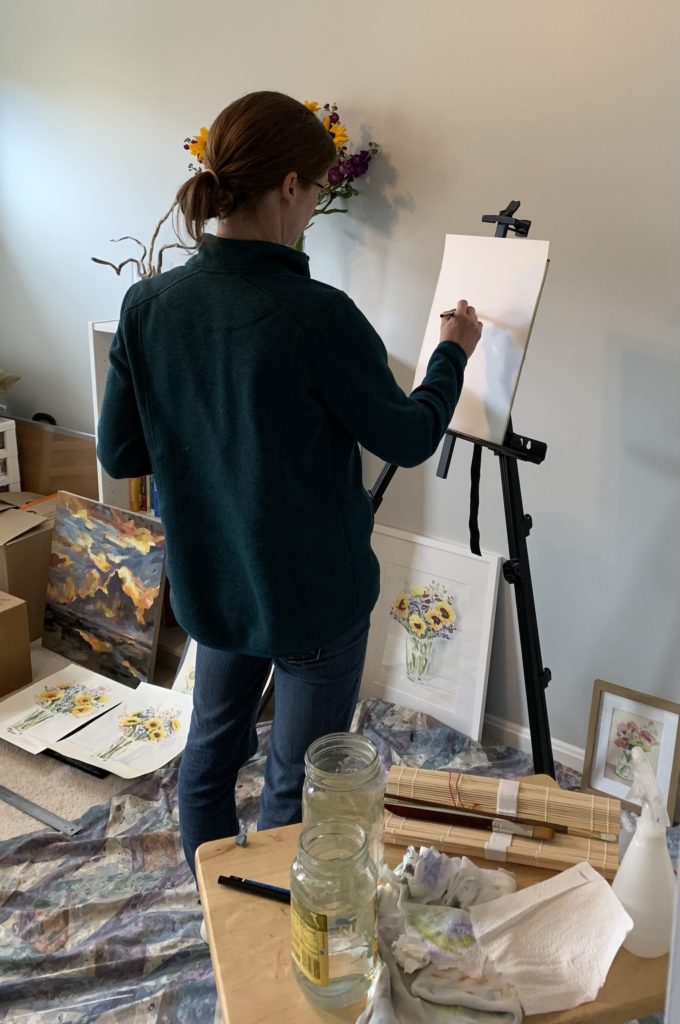
And me? I write. Like my daughter, I started writing as a child and never stopped. Books. Articles. Columns. Songs. Poetry. Published some. Nothing on the best sellers list. Still, I keep going. People may look at me and wonder why I spend so much time writing words that few will read. (I confess to wondering this myself sometimes!) What can I say?
I’m a writer. The couple down the street are gardeners. My daughter is a painter. The list of “gifts,” of interior “callings,” is endless. At our best, we listen to what stirs in our hearts and follow its direction. We do our work, becoming more and more who we are made to be. We put it out there. We trust it will do what it needs do. Sometimes that’s simply attuning the ear of our hearts more keenly to the interior Presence that guides us.
Still, it’s easy to feel like we are not enough. Not talented enough, smart enough, creative enough, (you fill in the blank) enough to make a difference.
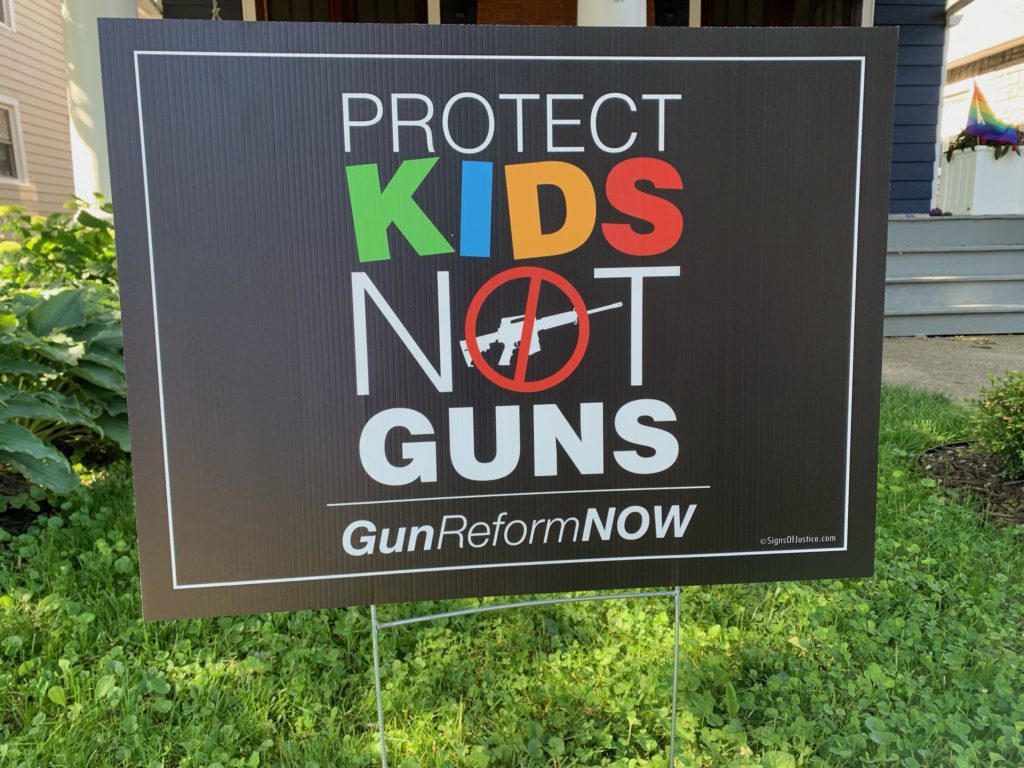
No wonder. The world is overwhelming. Weekly mass shootings in the U.S. continue with legislators beholden to the fear-mongering NRA unable to pass meaningful gun control legislation. Our fragile democracy is threatened from within. Violence is disproportionately perpetrated against Black Americans, people of color, women, LGBTQ+ folks, immigrants, and anyone who can be labeled “other.” Wars ravage the earth as unscrupulous autocrats and dictators grab for power and wealth. Ukraine, presently the most visible, is one of many. The planet itself groans beneath the weight of human abuse. Numerous commentators spew fear and hate on popular media, and disinformation abounds. What can one person do?
Nothing? The culture of celebrity, power, and consumerism feeds that lie. Media sources hold up people of wealth, possessions, and fame as paragons of success. They, the news outlets tell us, are the “influencers,” “thought leaders,” and “game changers.” The important ones.
Don’t you believe it. Let me retell a story I heard last weekend on Krista Tippett’s On Being podcast. It was told by Rachel Naomi Remen, M.D., whose focus on healing not just curing, sharing stories, and being genuinely present to the patient challenged and influenced the medical profession.
Her rabbi grandfather, whom she described as a “flaming mystic,” was a profound influence in her life. On her fourth birthday, he made a gift to her of this ancient story. (While much of this language is her’s, I paraphrase. You can click the link below to hear Dr. Remen tell the story herself in the interview.)
In the beginning, he said, all was holy darkness, the source of life. At some point, the world came bursting out of the center of that holy darkness as a great ray of light. Later, the result of an accident, the vessels that held the grand light, the wholeness of the world, shattered into thousands of pieces. They fell into all people and events where they remain hidden even today.
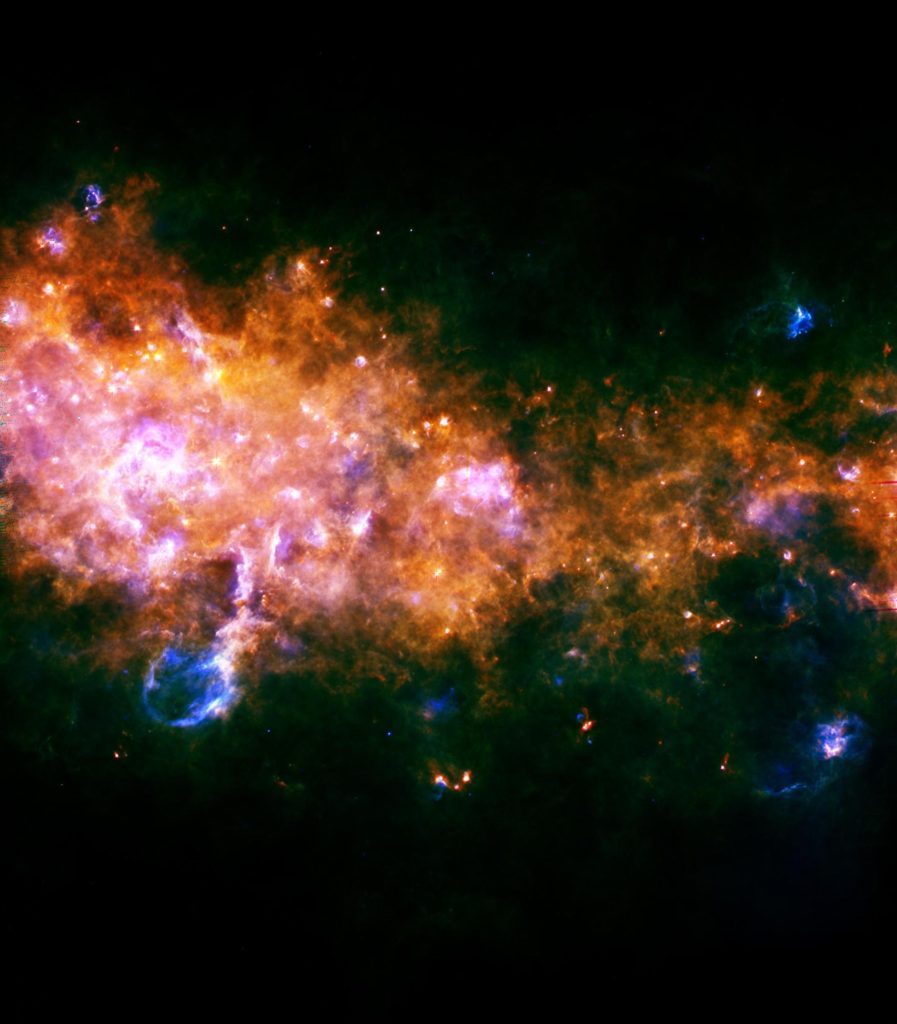
Her grandfather told her that humanity is a response to this accident, We are created with the ability to see those bits of light in people and things and to bring them to the surface, making the world whole again.
Of course, accomplishing this great task will take every person – past, present, and to come – working together. In this story, everyone has a part to play. Everyone is enough. Everyone has just what they need. Everyone makes a difference.
” … we heal the world one heart at a time,” Dr. Remen continued. “And this task is called tikkun olam, in Hebrew – ‘restoring the world.'”
Fred Rogers used those words in a public service spot when he addressed parents about how to be with their children after the attack of 9/11: “No matter what our particular job, especially in our world today, we all are called to be tikkun olam, repairers of creation.”
So, next time you are tempted to think that what you are doing when you follow your heart—whether it puts a roof over your head and food on your table or is something you do part-time as you’re able—when you think you’re not making a difference or that you are “not enough” to matter, remember the wisdom of this ancient story. It is echoed in other wisdom teachings.
Do what is yours to do. Take care of who or what comes across your path. Love, connection, kindness, listening. These things always matter. They always make a difference.
Like drops that feed the lake or seeds that sprout and flourish, our contributions, however small, become light that pushes through cracks and gives hope. This healing takes time. It won’t be as swift as we’d like. We won’t see its completion in our lifetimes, much as we long for it.
This is where trust comes in, trust that being our true selves, responding the the stirrings of Divine Presence within, heals the world and those who live in it, one heart at a time. In the end, Love will prevail.
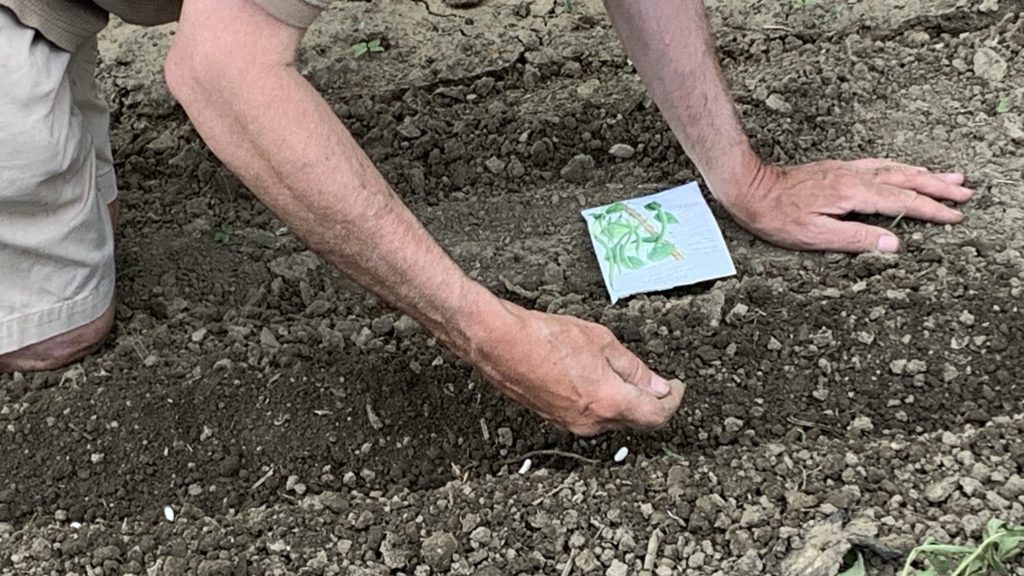
Resources
Hildegard von Bingen Viriditas
Missy Greenleaf Finn’s new website: Urban Gaia
On Being with Krista Tippett Rachel Naomi Remen: How We Live With Loss
Rachel Naomi Remen has written a children’s book that will be published in September, 2022: The Birthday of the World: A Story About Finding Light in Everyone and Everything
YouTube Mr. Rogers: Tikkun olma
Response to gun violence
Write and call your Senators and House Representatives. Let them know you want sensible gun legislation passed now (e.g., universal background checks, assault weapons ban, red flag laws, increased funding for mental health)
Senators’ contact info: Find your Senator
House Representatives’ info: Find your Representative
Donate:
Photos: Unless otherwise indicated, by Mary van Balen
Feature photo: A local gardener who has cultivated his patch in the community gardens for 43 years.
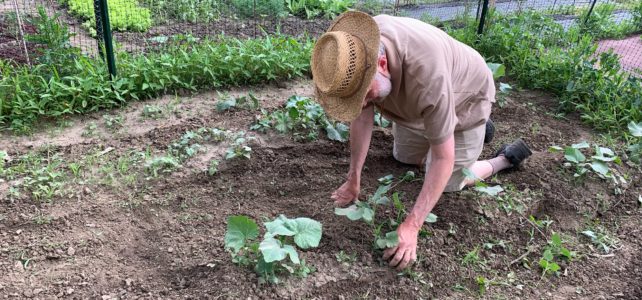
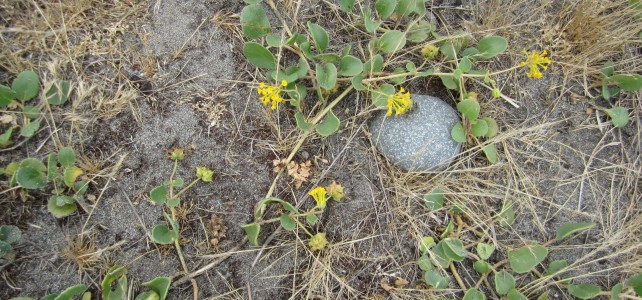
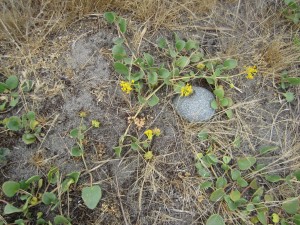
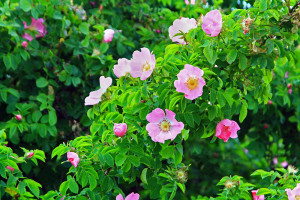 The poem is “Roses.” Oliver writes of the quest to answer life’s “big questions” and decides to ask the wild roses if they know the answers and might share them with her. They don’t seem to have time for that. As they say, “…we are just now entirely busy being roses.”
The poem is “Roses.” Oliver writes of the quest to answer life’s “big questions” and decides to ask the wild roses if they know the answers and might share them with her. They don’t seem to have time for that. As they say, “…we are just now entirely busy being roses.”